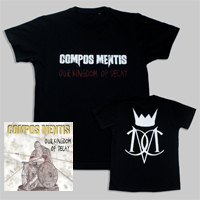Gehennesis
Label: Mighty Music
Date: 26th of March 2007 (DK), 18th of June 2007 (Worldwide)
Studio: Zigzound-studio with Ziggy
Reviews of Gehennesis

Tracklist
| 1 - The Drunken Diamond | Lyric | Download |
| 2 - The Mind's Eye | Lyric | Download |
| 3 - In the Womb of Winter | Lyric | |
| 4 - Portrait of an Attempted Escape | Lyric | |
| 5 - Downfall | Lyric | |
| 6 - My Suicidal Valentine | Lyric | |
| 7 - Faustian | Lyric | |
| 8 - Circle of One | Lyric | |
| 9 - Tale of the Shadow | Lyric | |
| 10 - Gehennesis | Instrumental |
Gehennesis is a wordplay combining the words “Gehenna” and “Genesis”, the latter being the first book in the Old Testament and meaning creation. Gehenna (Hebrew: “Ge Ben Hinnom”) was a valley south of Jerusalem, which was used for rituals and later on was turned into a waste site where a constant burning fire was devouring litter and dead bodies of animals and criminals. As such it became a symbol of destruction and perpetual fire and hence the name “Gehenna” has later come to be a synonym for Hell.
Therefore, if Hell is interpreted as the opposite of Heaven, that is a place without God (symbol of cosmos, harmony, and unity), then the compound of the two words can be seen as expressing a beginning or creation (genesis) of a state of mind in which destruction, change and transition have replaced the God-given, fixed and systematic. Thus religion, morality, science and even language must be rejected as forms of ultimate knowledge and instead every single person must form his or her own opinions of life in an ever-changing reality through constantly “philosophizing with the hammer”, as Friedrich Nietzsche put it.
True to the spirit of the theme the lyrics on the album mainly call things in question instead of just trying to give answers and the widespread use of paradoxes, metaphors and symbolism can be seen as a means to pointing towards openings in the language and with it the concept of reality whereby the reader is forced to look beyond the usual understanding and instead form his or her own opinions about it.
With its references to the foetal position the album cover emphasizes the aspect of creation, the genesis that is included in the concept of Gehennesis. It can be painful to undergo the transition to a more authentic attitude towards life and the world as it always involves a destruction of your previous views, which is symbolized in the album cover in the form of the blood and the person's posture. However, in order to create something new, it is necessary to tear down the existing.
Even though the music and lyrics for the different songs on Gehennesis are quite varied, they are all centered on the same themes, namely transition and life vs. stagnation and death, childlike creativity and curiosity vs. sedated contentment and systematism etc. These themes were also explored by many artists in the Romanticist tradition and both the lyrical themes and the music itself are marked by this heritage. In the following this relationship will be further expounded with specific regard to three of the tracks.
1. The Drunken Diamond:
The Drunken Diamond, the opening track of the album, is based on a poem by the French symbolic poet, Arthur Rimbaud, and it can be seen as an allegory for the artist's role as a sort of visionary that through deliberate bewilderment of the senses and undermining of the self attains a different sort of insight in life, an insight that makes allowance of ambiguity instead of only recognizing the systematic and categorical. Displaying an attempt to break free from the rules and standards and discover the unknown, this particular lyric is a great representative for the theme on the album, but nonetheless this is not supposed to give rise to the notion of spirituality. Rather man must learn to give new meaning to the worldly and take pleasure in it instead of always striving to establish some irrelevant foundations etc. in the hereafter or in some ahistorical philosophy.
The music for The Drunken Diamond is inspired by Beethoven, or more specifically by his 5th symphony. An example of this is the characteristic and very energetic main theme and so is the way in which this theme is transformed in order to distil the essence from the riff. This transformation takes place in continuation of the guitar solo and it can be seen as the musical counterpart to the undermining of the narrator's self in the lyric whereby his essence is retrieved so to speak.
7. Faustian:
A concept about rebirth in Gehenna almost cries out for the myth of Faust!
In Goethe's version Faust is a confused and na´ve person who becomes tempted to sell his soul to Mephisto in order to gain insight into the true nature of the world but at the same time he also wants to experience true pleasure in the worldly and this theme can also be found in the lyric to Faustian. Retaining the fickle nature from the story of Faust, the narrator in the lyric wants to reach some supernatural essence of the world and be true to the earth by turns. As such he is now a “hero” as he recognizes the worldly pleasures and now an “anti-hero” as he in a way denies himself by selling his soul to Mephisto and the hunt for objectivity.
Like the lyrics, the music for the track also retains the changeable character of which the mechanical theme in the verses is a symbol with its large and incoherent intervals. As opposed to this the seducing choruses symbolize Mephisto and thus the track can be seen as a sort of battle between two kinds of themes, namely the mechanical and straight-forward parts in contrast to the atmospheric and moving parts, pulling the narrator and the listener in changing directions.
9. Tale of the Shadow:
Tale of the Shadow can be understood as the most direct statement about the concept of Gehennesis inasmuch as the main character chooses to put the mass mentality behind him and instead seek for a more sincere kind of existence and this way he is able to live in line with his own values without having to conform to some external system of morals or the like. Paradoxically this is underlined through Christian symbolism whereby the song gets a divine dimension.
In accordance with this the music itself is also inspired by Christian themes with point of departure in Dies Irae, a Gregorian song presumably written by Thomas of Celano in the 13th century. It was included in the Catholic Requiem a few hundred years later and has been used as a sign of death by numerous composers, e.g. Hector Berlioz in his Symphonie Fantastique.
Just like Dies Irae is structured in tripartite stanzas so the most parts of Tale of the Shadow are triolized and the main theme is repeated three times in three different variations during the song.
After a modulating sequence the climax takes place in which Hector Berlioz' Symphonie Fantastique is incorporated into the music as well as recited lyrics based on the aforementioned Dies Irae. Together with the grandiose outro sung by a choir of 45 singers, this can be seen as symbolizing the main character's final transition - or exactly the genesis of Gehenna.
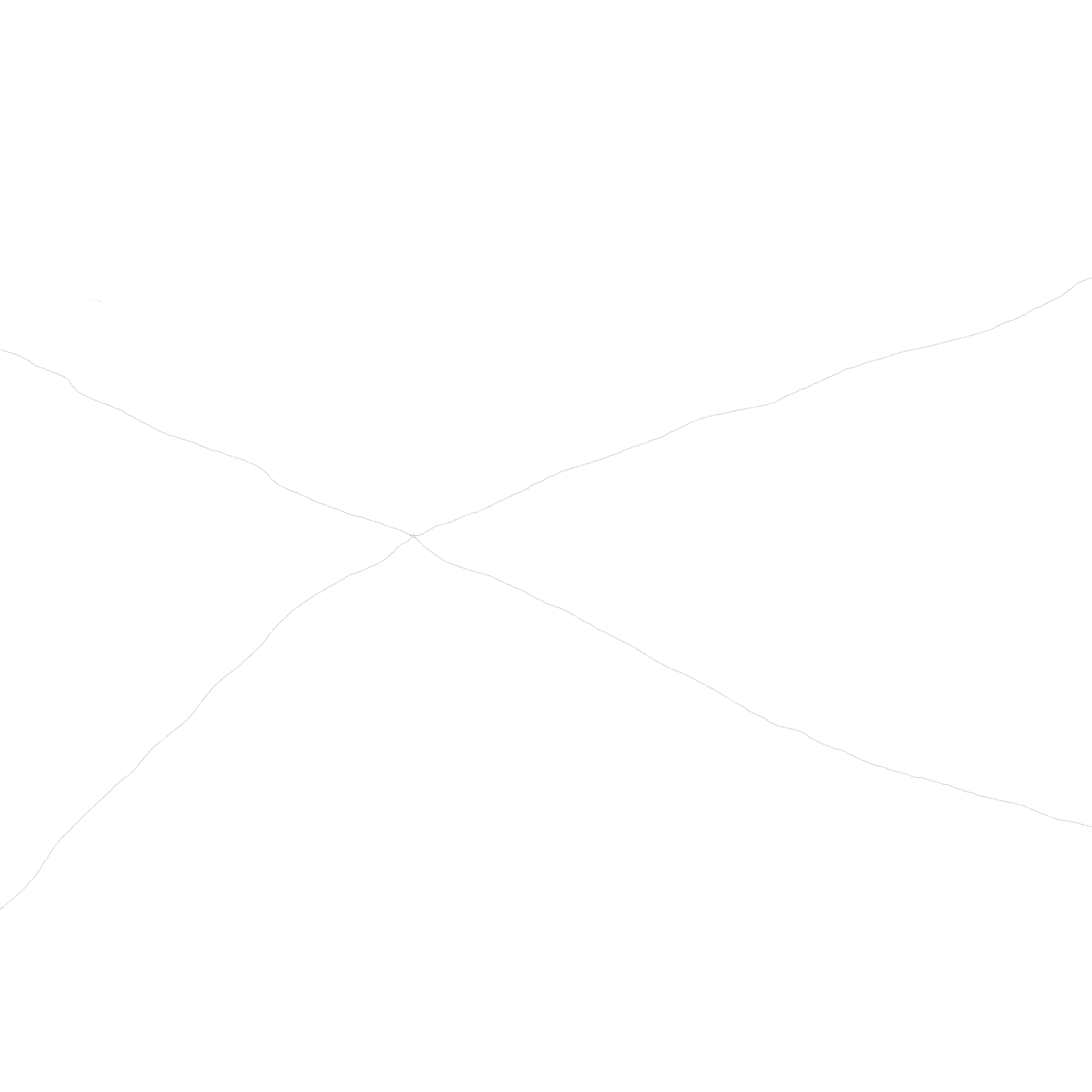











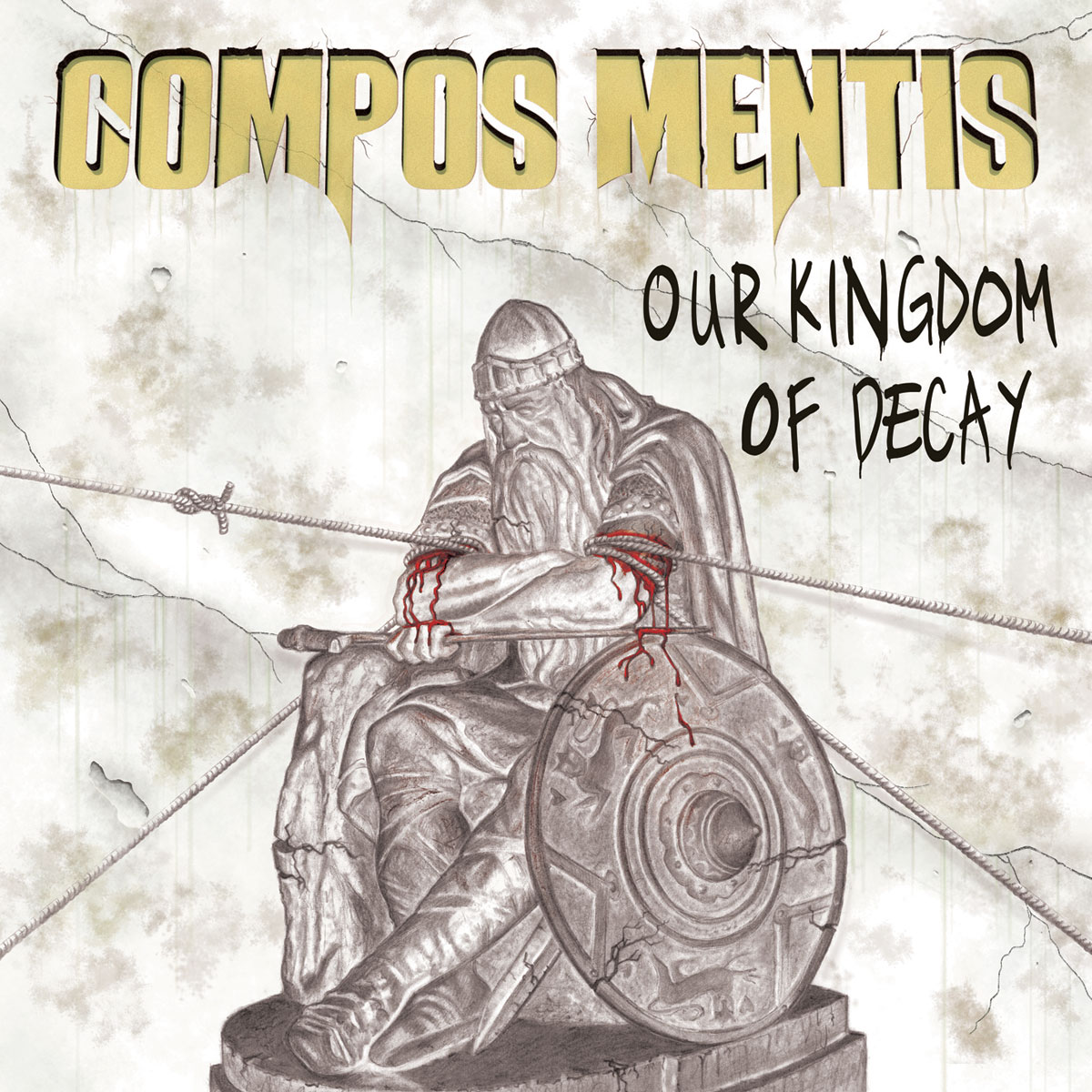 Our Kingdom of Decay
Our Kingdom of Decay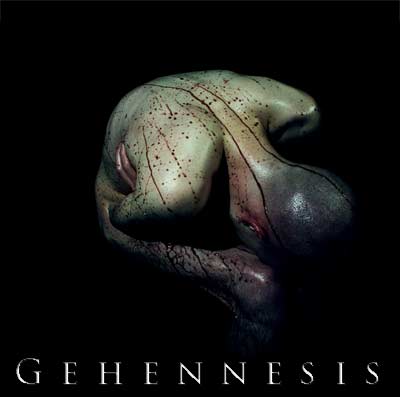 Gehennesis
Gehennesis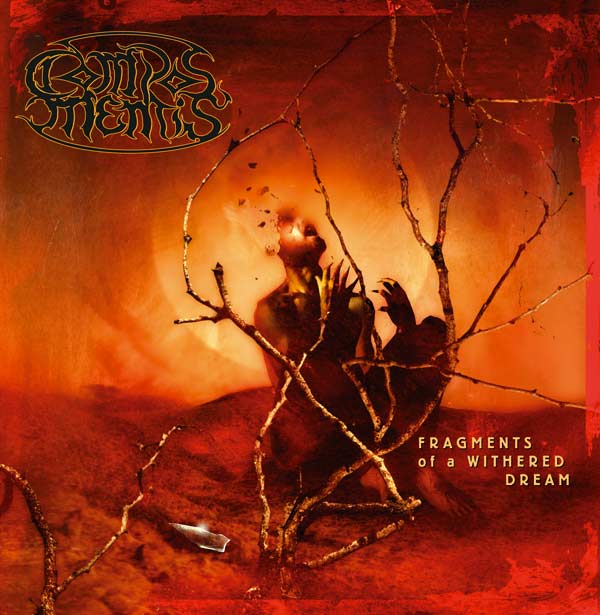 Fragments of a Withered Dream
Fragments of a Withered Dream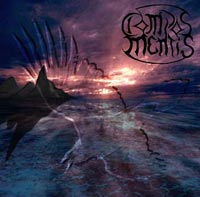 Quadrology of Sorrow
Quadrology of Sorrow